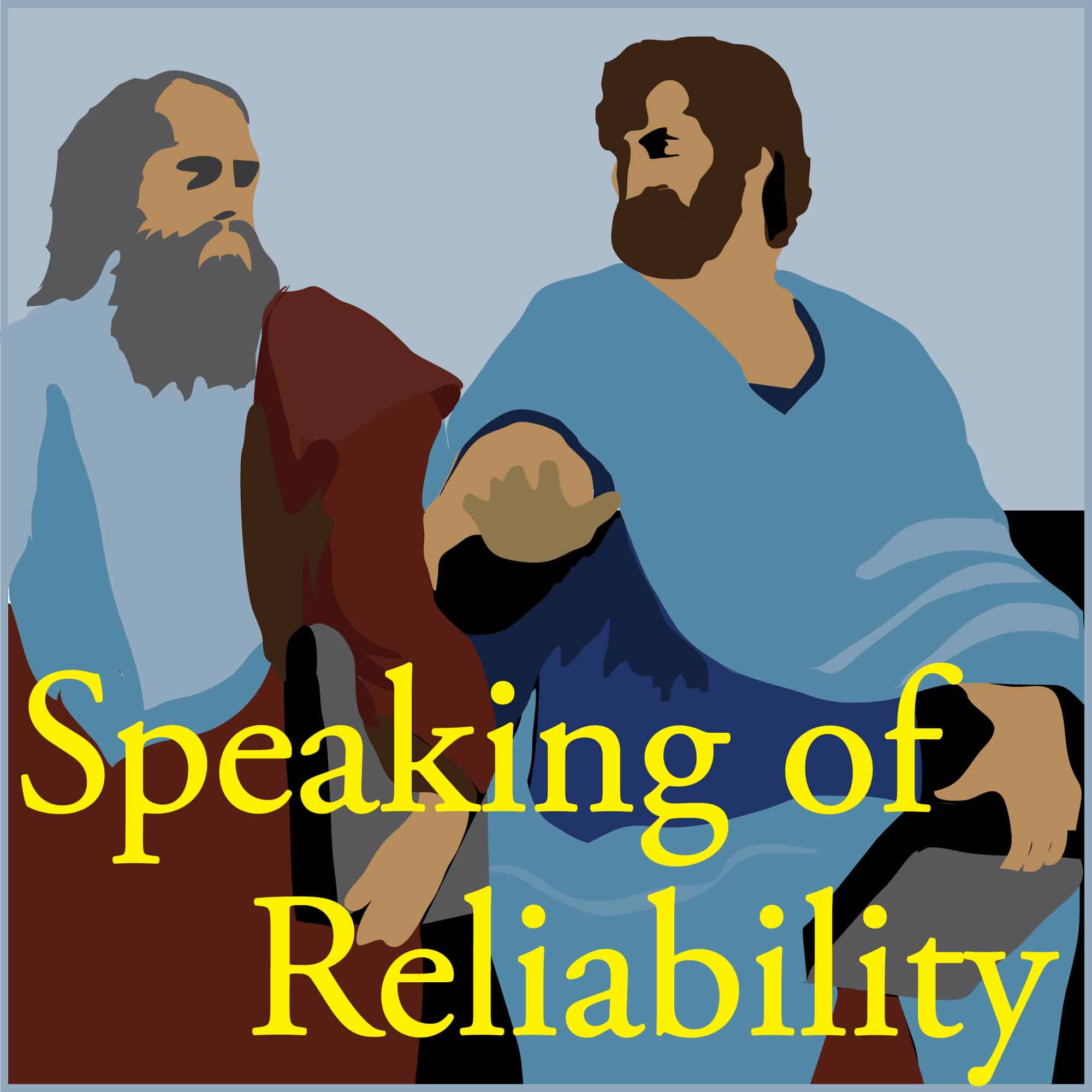

Speaking Of Reliability: Friends Discussing Reliability Engineering Topics | Warranty | Plant Maintenance
Reliability.FM: Accendo Reliability, focused on improving your reliability program and career
Gain the experience of your peers to accelerate improvement of your program and career. Improve your product development process, reliability or warranty performance; or your plant uptime or asset performance. Learn about reliability and maintenance engineering practical approaches, skills, and techniques. Join the conversation today.
Episodes
Mentioned books

Jun 3, 2024 • 0sec
SOR 971 FRACAS and CMMS
A FRACAS is a 'Failure Reporting and Corrective Action System.' A CMMS is a 'Computerized Maintenance Management System.' What is the difference between the two? Many organizations (for example) have what they call a 'FRACAS,' but it really isn't. Why is that? And does that apply to you?

May 31, 2024 • 0sec
SOR 970 What is a Mode?
What is a Mode? Abstract Carl and Fred discuss why understanding the “mode” of failure is essential in Failure Mode and Effects Analysis. Key Points Join Carl and Fred as they discuss how the Mode of failure is used in FMEA and other methods. Topics include: Examples of mode of failure Common misunderstandings about Failure […]

May 27, 2024 • 0sec
SOR 969 Common Reliability Mistakes
Common Reliability Mistakes Abstract Carl and Fred discuss some of the most common reliability mistakes they have seen in their careers, both ones they have personally made or viewed. Key Points Join Carl and Fred as they discuss common erroneous assumptions and other types of mistakes and how to avoid them. Topics include: Not knowing […]

May 24, 2024 • 0sec
SOR 968 Selecting Tools to Solve Problems
Selecting Tools to Solve Problems Abstract Dianna and Fred discuss selecting tools to solve problems that are outside of the workplace, too! Key Points Join Dianna and Fred as they discuss selecting tools to solve problems that are outside of the workplace, too! Topics include: The many controllable variables of app-enabled coffee machines. How tools […]

May 20, 2024 • 0sec
SOR 967 Are Silos an Issue
Are Silos an Issue? Abstract Dianna and Fred discuss workplace politics: are silos an issue? Key Points Join Dianna and Fred as they discuss workplace politics: are silos an issue? Topics include: What silos are, what they may look like, and the ways they are formed. The effects of silos on projects and teams. You […]

May 17, 2024 • 0sec
SOR 966 Why is PoF so Hard?
Why is PoF so Hard? Abstract Chris and Fred discuss why the Physics of Failure (PoF) is hard to model? … or is it? Key Points Join Chris and Fred as they discuss how the Physics of Failure (PoF) is seen as hard to use to model time to failure of something. It usually needs […]

May 13, 2024 • 0sec
SOR 965 MTBF, Really?
MTBF, Really? Abstract Chris and Fred discuss the MTBF … again. And again. People don’t (want to) get it. So here we go again … Key Points Join Chris and Fred as they discuss the MTBF and why it should virtually never be used. Why? Topics include: What’s wrong with the MTBF when it comes […]

May 10, 2024 • 0sec
SOR 964 Finding Failures and Firefighting
Finding Failures and Firefighting Abstract Kirk and Fred discuss new product market release schedule pressures, and then after customers start finding reliability issues, the actual firefighting begins. Many times, those who quickly can fix the causes of failures, the firefighters, get many more accolades than those who find and mitigate product weaknesses that become failures during the design […]

May 6, 2024 • 0sec
SOR 963 Proving HALT Works
Proving HALT Works Abstract Kirk and Fred discuss the challenge of showing those new to limit discovery using HALT and proving does find relevant future field issues that either already have occurred in a new released product, or in a product under development. Key Points Join Kirk and Fred as they discuss finding potential weaknesses […]

May 3, 2024 • 0sec
SOR 962 Limits of Block Diagrams
A Reliability Block Diagram (RBD) can model system reliability. But it can't model a system without 'you.' And that means you need to keep thinking about how your system actually works. An RBD can help. But it is not by itself the answer!


